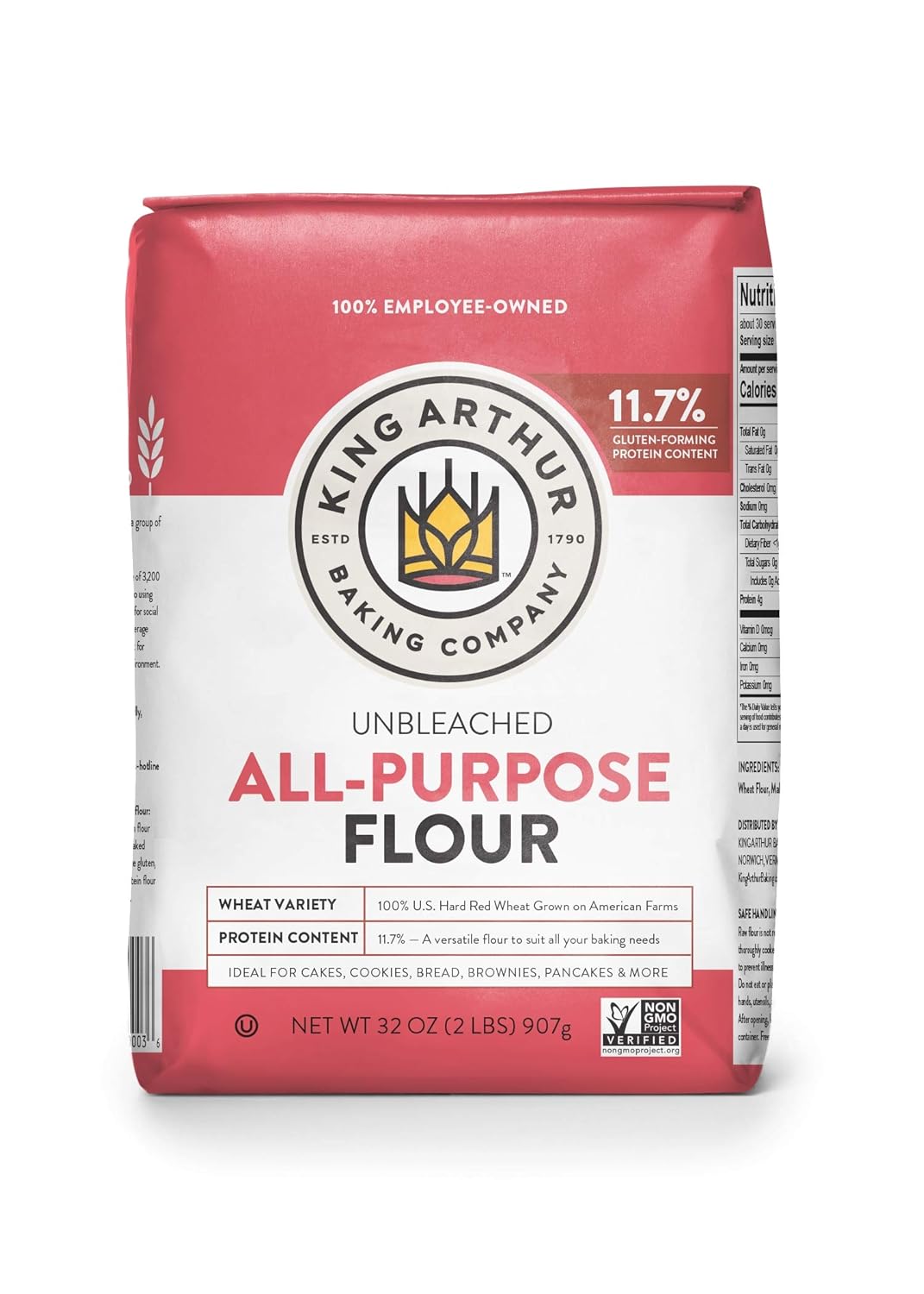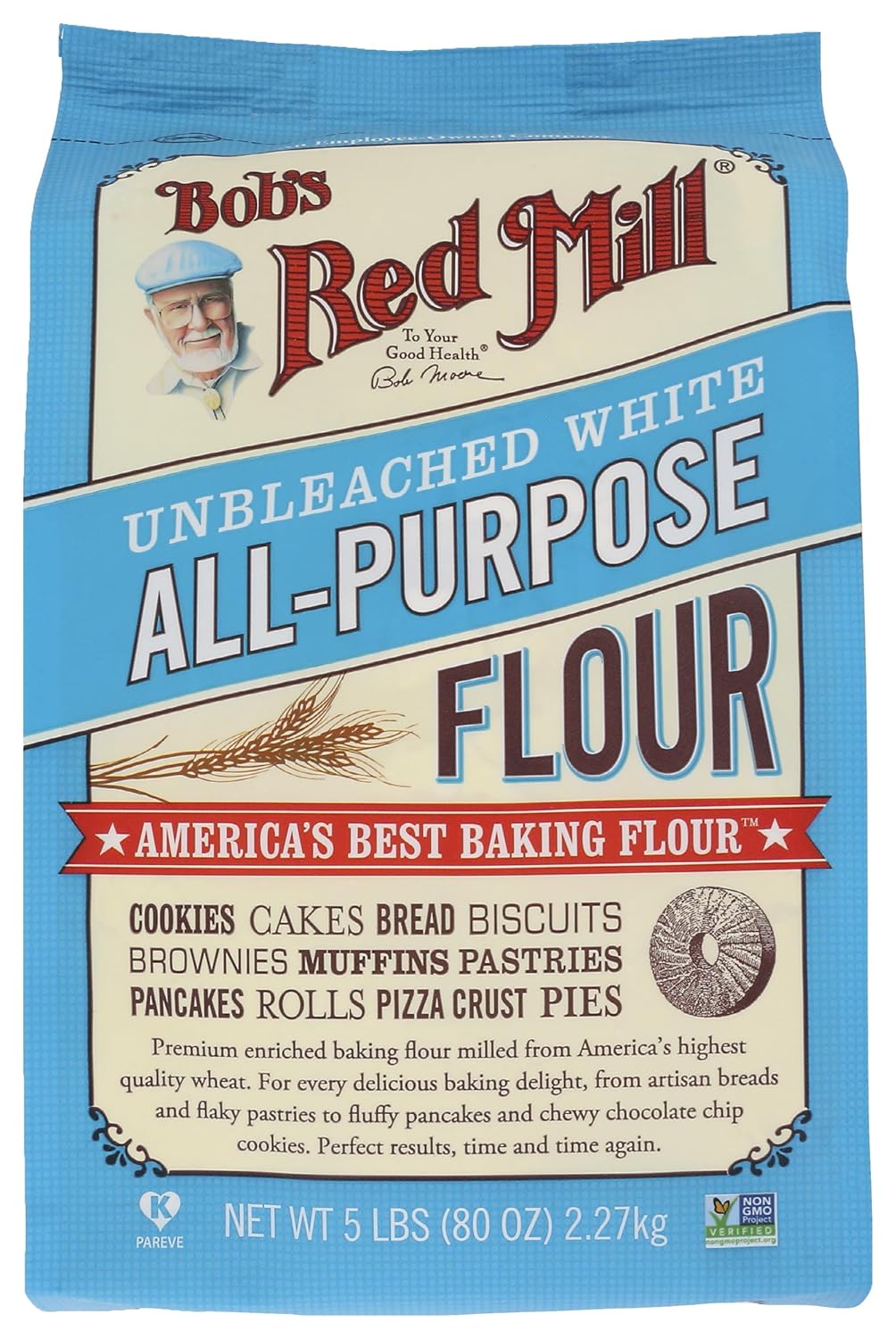Substituting All-Purpose Flour with Whole Wheat Flour

You will need:
Nutrition Facts
Best Uses
Effects on Your Baking
Flavor Impact
Whole wheat flour introduces a nuttier and more robust flavor compared to the neutral taste of all-purpose flour. This substitution can add a slight bitterness and earthy undertones, which can complement hearty ingredients like nuts, spices, or dark chocolate. The sweetness of the baked good might be perceived as less pronounced due to the complex flavors introduced by the whole wheat. These characteristics can add depth and complexity to recipes that benefit from a richer flavor profile.
Texture Changes
Replacing all-purpose flour with whole wheat flour will result in a denser and coarser texture due to the higher fiber content of whole wheat. The bran in whole wheat flour absorbs more moisture, which can lead to a slightly drier baked good if additional moisture is not added. The crumb structure may become tighter, and the overall mouthfeel is often grainier compared to the smoother texture provided by all-purpose flour. Bakers might notice a heavier loaf or pastry, which might not be ideal for certain delicate baked goods.
Structural Effects
The structural integrity of baked goods made with whole wheat flour can be affected due to the lower gluten content compared to all-purpose flour. This can result in less elasticity and a reduced rise, particularly in yeast-based recipes. The binding properties might also be compromised, leading to a more crumbly texture. To compensate, recipes may require slight adjustments such as additional liquid or the inclusion of ingredients that enhance gluten development, like vital wheat gluten, to achieve the desired rise and form.
Rate this Substitution
How well did this substitution work for you? Your feedback helps other bakers!
Current community rating: 3.0 / 5
Have detailed feedback or suggestions for this page? We're listening.
Share your feedback

